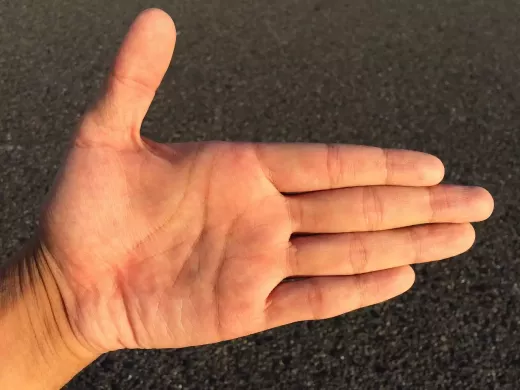Types of car insurance coverage
-Liability insurance - Liability insurance is required by law in most states and protects you in the event that you cause an accident and are liable for damages. If you’re in an accident, liability coverage will cover the costs of any injuries or damage caused by your car, up to the limits specified in your policy. For example, if you rear-end someone and cause $3,000 worth of damage to their car, liability coverage will cover the $3,000 to repair their car.
-Medical payments coverage - Medical payments coverage covers the cost of medical expenses resulting from an accident, regardless of who was at fault. For example, if you are in a car accident and your passenger breaks their leg and needs to go to the hospital, medical payments coverage will help cover the cost of their medical expenses.
-Uninsured/underinsured motorist coverage - Uninsured/underinsured motorist coverage protects you in the event that you’re hit by a driver who doesn’t have enough insurance to cover your expenses. For example, if you’re hit by a driver who only has $50,000 in car insurance coverage and you need $100,000 worth of repairs, uninsured/underinsured motorist coverage will help you make up the difference.
-Collision coverage - Collision coverage helps pay to repair or replace your car in the event of a car accident that was your fault. For example, if you rear-end someone and break their bumper, collision coverage will help pay for the cost of their repairs.
-Comprehensive coverage - Comprehensive coverage helps pay to repair any non-accident related damages to your car. For example, if a tree falls on your car and cracks the windshield, comprehensive coverage will help pay to replace your windshield.
How to determine the right level of coverage
When determining the right level of coverage, you should consider both your current and future situation. First, you should assess the value of your car, as well as what it would cost to replace it. You can use websites like Kelley Blue Book or Edmunds to determine the value of your car. Next, you should determine what it would cost to repair your car in the event of an accident, as well as how much it would cost to replace important items in the car, such as your insurance card or registration. Finally, you should consider your future plans, such as if you plan on buying a new car in the near future. If you have expensive things in your car, such as a laptop or a guitar, you should consider increasing the value of your coverage to help protect those items in the event of an accident.
Factors that influence car insurance rates
The main factors that affect your car insurance rates are your age, your location, and your driving record. A wide range of other factors can also play a role, and every insurance company has a different set of criteria for determining rates.
-Age - The main factor that impacts your car insurance rates is your age. The younger you are, the more expensive your car insurance will be, as teenagers are statistically more likely to get into accidents. The age that has the largest impact on your car insurance rates is your “completing age.” This is the age at which you have the same chance as someone who is fully mature when it comes to driving accidents. This usually occurs around age 25.
-Location - The state or city where you live also has a big impact on your car insurance rates. This is because car insurance companies look to the state’s statistics to determine how high the risk is for their customers. They also look at the city’s statistics to determine your risk. You can check your city’s statistics online to see how they compare to others.
-Driving record - Your driving record will also have a big impact on your car insurance rates. While a new driver will likely have higher rates than a more experienced driver, even a long-time driver can see their rates go up if they get a ticket or have too many accidents on their record.
How to save money on car insurance
Unfortunately, there’s no easy way to save money on car insurance. That said, there are a few things you can do to save money on your car insurance. First, try to get multiple quotes from different insurance companies. You may find that one company offers you a better deal than another. Even if you don’t find a better deal, having multiple quotes will help you identify which companies are offering you the best rates. Second, make sure you’re always driving well and following the law. Driving safely and within the law will help you avoid accidents, which will in turn save you money on your car insurance. Third, make sure you have adequate coverage. While you don’t want to go overboard, you want to make sure you have enough coverage to protect you in the event of an accident. More coverage is always better than less.
How to compare car insurance companies
When you’re shopping around for car insurance, it’s important to make sure you’re comparing apples to apples. This means that you need to make sure all the companies you’re comparing have the same level of coverage, as well as the same deductible. Additionally, you should also make sure that all the companies you’re comparing have the same underwriting company. The easiest way to do this is to fill out an online quote form on each company’s website, and then use those numbers to do a side-by-side comparison. There are also a number of websites that can do this for you, such as CarInsurance.com or PolicyGenius.com. Another way to compare car insurance companies is to look at their complaint history, as well as their financial stability. You can use websites like the National Insurance Consumer Complaint Database or the National Credit Union Administration to see how each company’s complaint history compares to the average complaint history.









